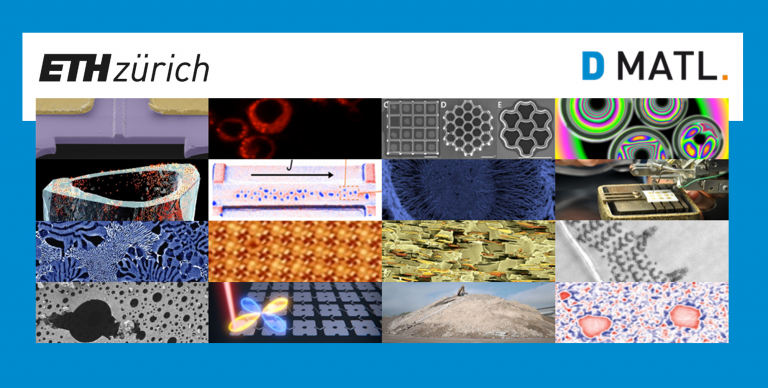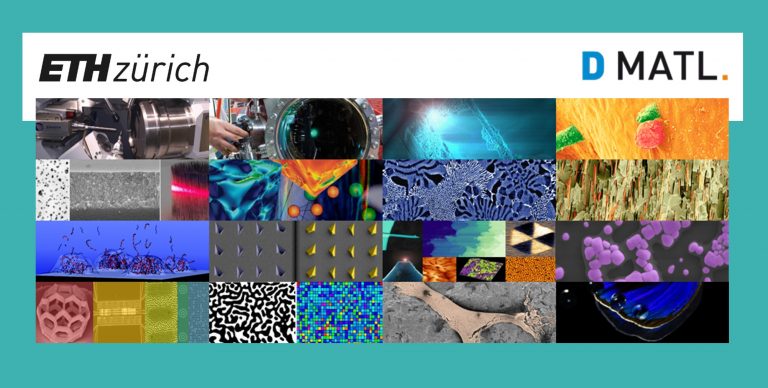
When photons meet polymers: examples from SLS and SwissFEL
Celestino Padeste (PSI) Photon sources such as synchrotrons and X-ray free electron lasers (XFELs) offer great opportunities for the material sciences. I will present some examples from the field of polymer technology including our work on lithographic polymer grafting, which…
